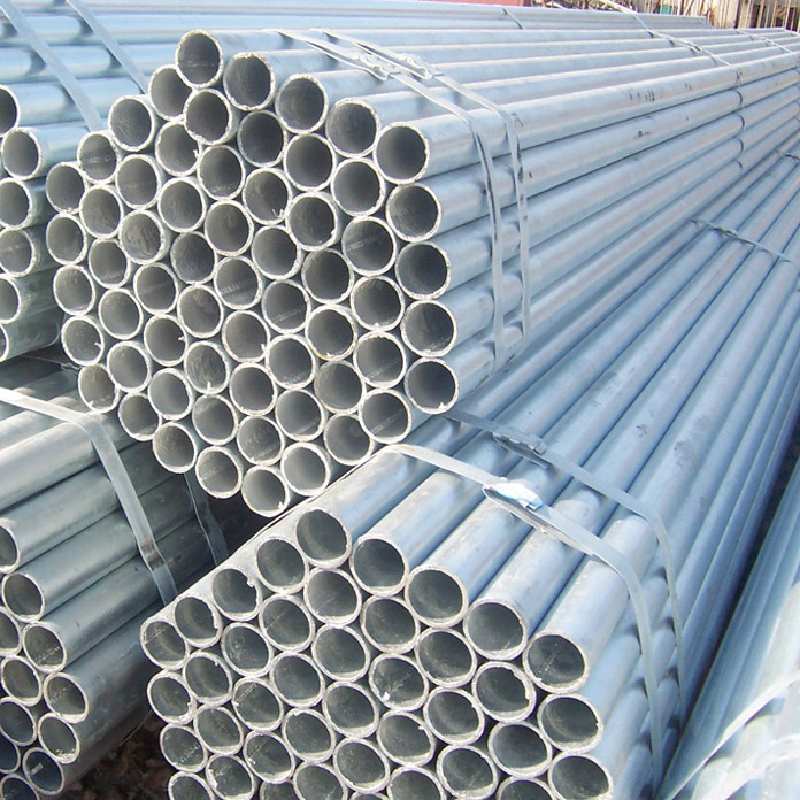-
Cangzhou Yulong Steel Co., Ltd.
-
Phone:
+86 13303177267 -
Email:
admin@ylsteelfittings.com
- English
- Arabic
- Italian
- Spanish
- Portuguese
- German
- kazakh
- Persian
- Greek
- French
- Russian
- Polish
- Thai
- Indonesian
- Vietnamese
- Zulu
- Korean
- Uzbek
- Hindi
- Serbian
- Malay
- Ukrainian
- Gujarati
- Haitian Creole
- hausa
- hawaiian
- Hebrew
- Miao
- Hungarian
- Icelandic
- igbo
- irish
- Japanese
- Javanese
- Kannada
- Khmer
- Rwandese
- Afrikaans
- Albanian
- Amharic
- Armenian
- Azerbaijani
- Basque
- Belarusian
- Bengali
- Bosnian
- Bulgarian
- Catalan
- Cebuano
- China
- China (Taiwan)
- Corsican
- Croatian
- Czech
- Danish
- Esperanto
- Estonian
- Finnish
- Frisian
- Galician
- Georgian
- Kurdish
- Kyrgyz
- Lao
- Latin
- Latvian
- Lithuanian
- Luxembourgish
- Macedonian
- Malgashi
- Malayalam
- Maltese
- Maori
- Marathi
- Mongolian
- Myanmar
- Nepali
- Norwegian
- Norwegian
- Occitan
- Pashto
- Dutch
- Punjabi
- Romanian
- Samoan
- Scottish Gaelic
- Sesotho
- Shona
- Sindhi
- Sinhala
- Slovak
- Slovenian
- Somali
- Sundanese
- Swahili
- Swedish
- Tagalog
- Tajik
- Tamil
- Tatar
- Telugu
- Turkish
- Turkmen
- Urdu
- Uighur
- Welsh
- Bantu
- Yiddish
- Yoruba

Oct . 07, 2024 19:30 Back to list
threaded pipe and fittings
Understanding Threaded Pipes and Fittings A Comprehensive Guide
Threaded pipes and fittings are essential components in plumbing, construction, and various industrial applications. They play a crucial role in creating a secure and leak-free connection in a myriad of systems. This article provides an overview of threaded pipes and fittings, highlighting their significance, types, and applications.
What are Threaded Pipes and Fittings?
Threaded pipes are hollow cylindrical structures designed to carry liquids or gases. They feature external threads on their outer surface, allowing them to connect with matching fittings that possess internal threads. This threading mechanism facilitates a tight seal when threaded together, minimizing the risk of leaks.
Fittings are crucial components in a piping system. They come in various shapes and sizes, including elbows, tees, couplings, and caps, each serving a distinct purpose. The primary objective of these fittings is to connect straight sections of pipe, change the direction of the flow, or terminate a run of piping.
Materials Used in Threaded Pipes and Fittings
Threaded pipes and fittings can be made from various materials, including
threaded pipe and fittings

1. Metal Commonly used metals include steel and brass. These materials boast high strength and durability, making them ideal for high-pressure applications. 2. PVC Polyvinyl chloride is a lightweight, corrosion-resistant material often used for plumbing and drainage systems. 3. CPVC Chlorinated polyvinyl chloride is used in hot water applications due to its ability to withstand higher temperatures compared to standard PVC.
Applications
Threaded pipes and fittings find applications across diverse sectors
- Residential Plumbing They are widely used in home plumbing systems for water supply and drainage. - Industrial Applications Many industries utilize threaded piping systems for transporting chemicals, gases, and other liquids essential to their processes. - HVAC Systems These fittings are integral to heating, ventilation, and air conditioning systems, ensuring efficient airflow and fluid transport.
Advantages of Threaded Connections
1. Ease of Installation Threaded pipes and fittings allow for straightforward assembly without the need for specialized welding or soldering techniques. 2. Repair and Maintenance If a section of the piping system fails, it can be easily unscrewed and replaced without extensive downtime. 3. Versatility The availability of various sizes and types of fittings allows for adaptability in numerous applications.
In conclusion, threaded pipes and fittings are fundamental elements of modern plumbing and industrial systems. Their reliability, ease of use, and versatility make them an indispensable choice for professionals across various fields. Understanding their characteristics and applications can aid in making informed decisions when selecting components for any project.
Latest news
-
ANSI 150P SS304 SO FLANGE
NewsFeb.14,2025
-
ASTM A333GR6 STEEL PIPE
NewsJan.20,2025
-
ANSI B16.5 WELDING NECK FLANGE
NewsJan.15,2026
-
ANSI B16.5 SLIP-ON FLANGE
NewsApr.19,2024
-
SABS 1123 FLANGE
NewsJan.15,2025
-
DIN86044 PLATE FLANGE
NewsApr.19,2024
-
DIN2527 BLIND FLANGE
NewsApr.12,2024
-
JIS B2311 Butt-Welding Fittings LR/SR 45°/90° /180°Seamless/Weld
NewsApr.23,2024











